Privatization trends in Angola
The current impact of privatization on the development and diversification of Angola's infrastructure.

By Mukund Dhar, Africa Interest Group Leader
As we publish this report in September 2020, amid global concerns about the COVID-19 pandemic, its crushing human toll and economic cost and the profound uncertainties all around, we see an increasing focus – internationally, nationally and for many of us at a personal level – on planning for the future and taking steps towards recovery and growth in a with- or post-COVID-19 world.
A carefully calibrated re-opening of our economies is necessary not only to save lives today but also to ensure growth and prosperity, while protecting and enhancing lives in the decades to come. With this in mind, and with an eye on trying to understand and find opportunity in a with- or post-COVID-19 future, we present this fifth edition of Africa Focus.
We begin this issue with "Privatization trends in Angola," which describes several initiatives to develop and expand infrastructure in Angola, including by implementing frameworks for private investment in major Angolan projects. Next, "Sovereign debt relief proposals" tackles the significant economic and fiscal challenges to implementing much-needed debt relief in Africa, particularly given the economic impact of COVID-19.
"International project finance and currency reforms in West and Central Africa" sets out current and anticipated reforms to harmonize business laws, revise foreign exchange regulations and introducing a new currency in many of the Francophone nations, and in "World Bank and African Development Bank increase their financing and anticorruption enforcement," our lawyers highlight the importance of continuing to pay attention to sanctions and debarment risks when participating in new coronavirus-related financing opportunities.
"Africa's mines of the future: COVID-19 and ESG issues" explains how businesses can attract investors and customers in a post-pandemic world by demonstrating their environment, social and governance achievements, especially in context of the twin challenges of COVID-19 and climate change.
"Institutional arbitration in Africa: Opportunities and challenges" explores the continuing increase in arbitration options and caseloads across Africa, and "Nigeria's LNG Train 7 project breaks new ground" shows how oil & gas projects in Africa with strong fundamentals can continue to raise debt even in a volatile market.
Finally, "Looking to a future beyond oil" examines plans to transfer nearly 200 state-owned enterprises and assets in Angola to private investors over the next few years.
We welcome any ideas for further exploration in our upcoming issues. In the meantime, we hope this issue of Africa Focus continues to add to the constructive brainstorming around opportunity and investment in Africa.
The current impact of privatization on the development and diversification of Angola's infrastructure.
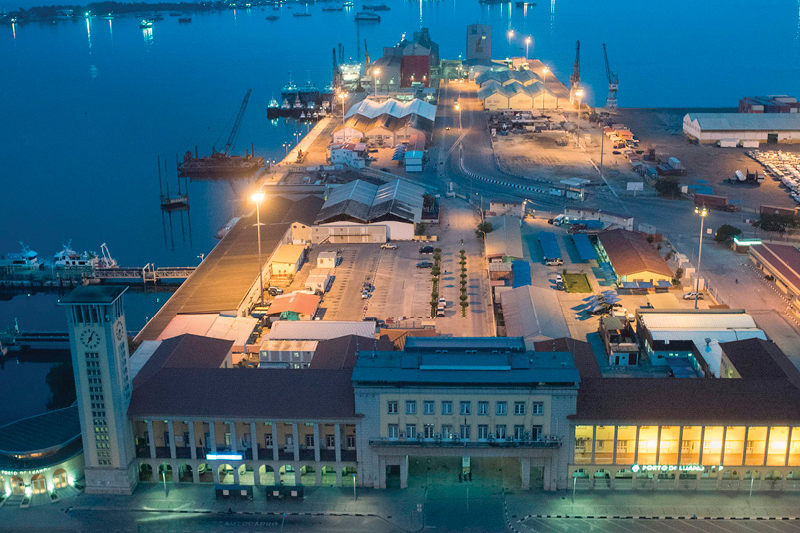
Economic and fiscal challenges of implementing debt relief in Africa.

Harmonizing business laws, a revised foreign exchange regulation and introducing a new currency.
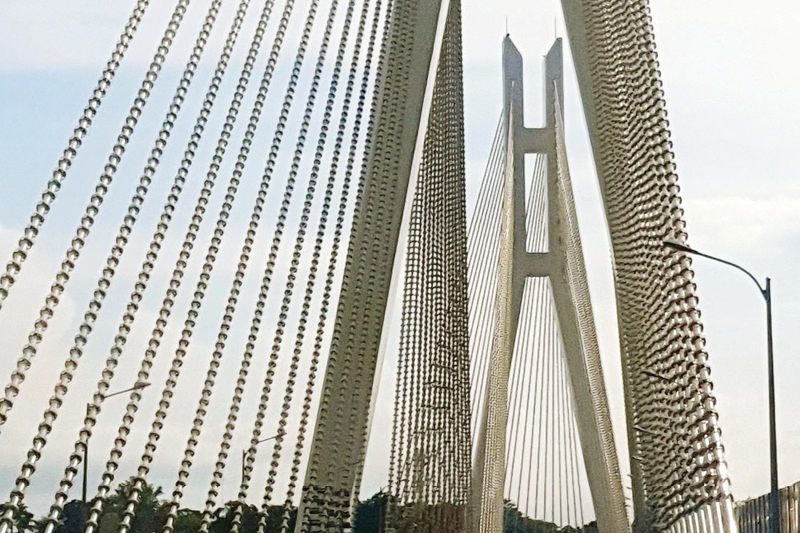
Pay attention to sanctions and debarment risks amid new COVID-19 financing opportunities.
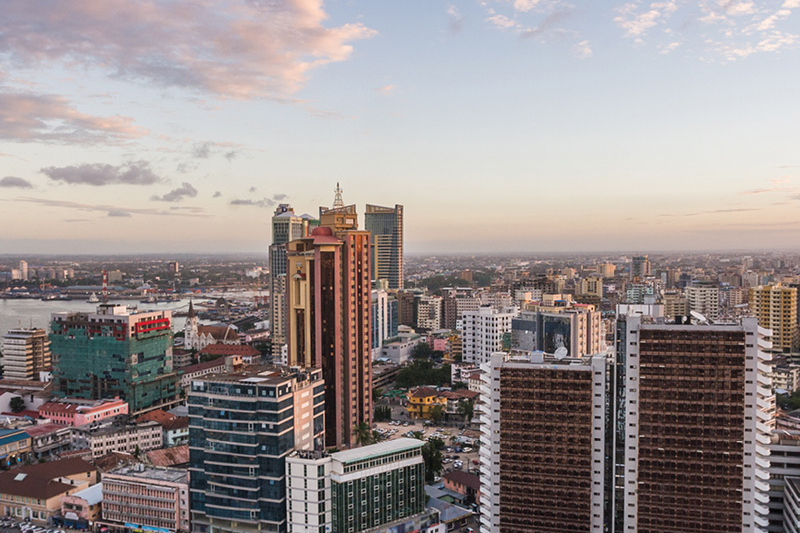
Companies that achieve ESG objectives are more likely to attract investors and customers in a post-pandemic world.
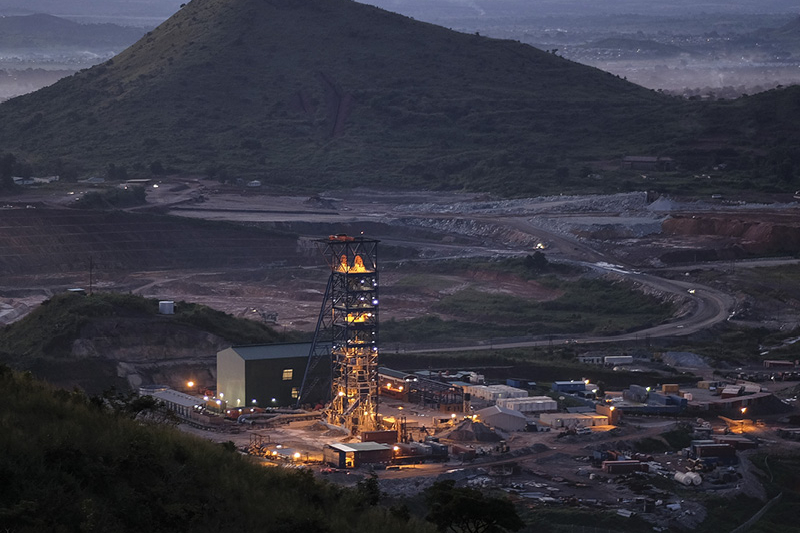
Africa’s arbitration options and caseloads continue to rise.
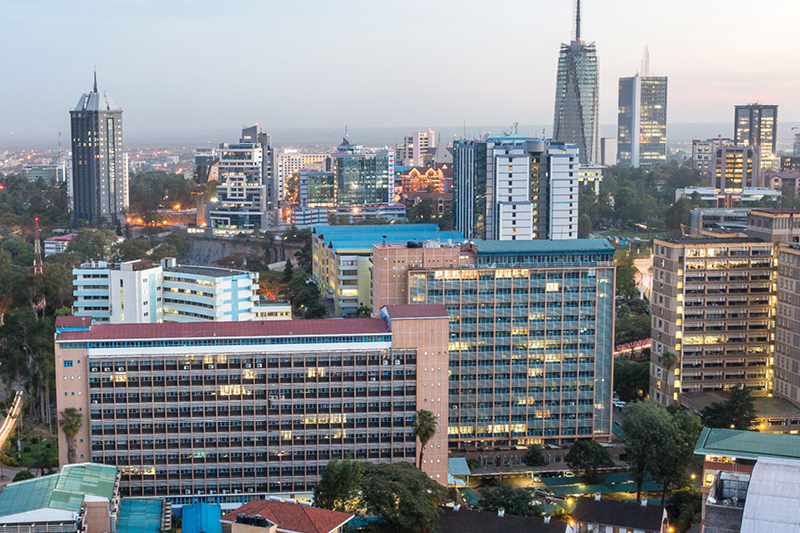
A US$3 billion financing amid a volatile market shows oil & gas projects with strong fundamentals can continue to raise debt.
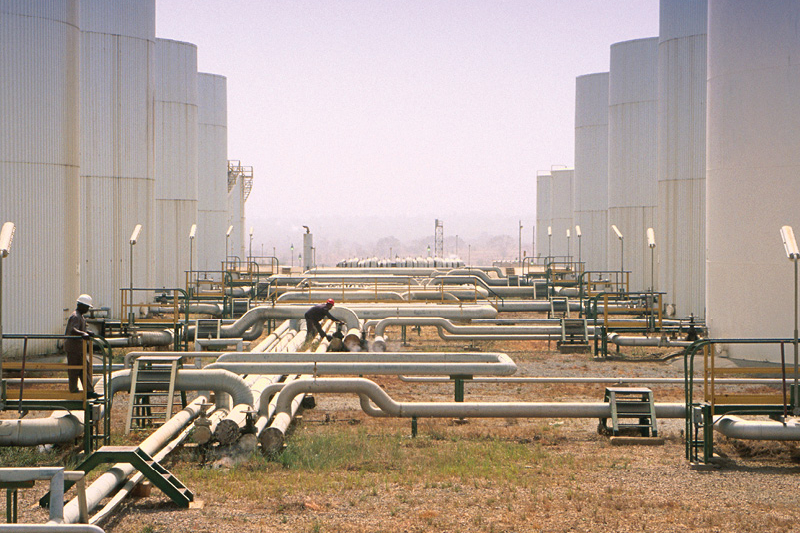
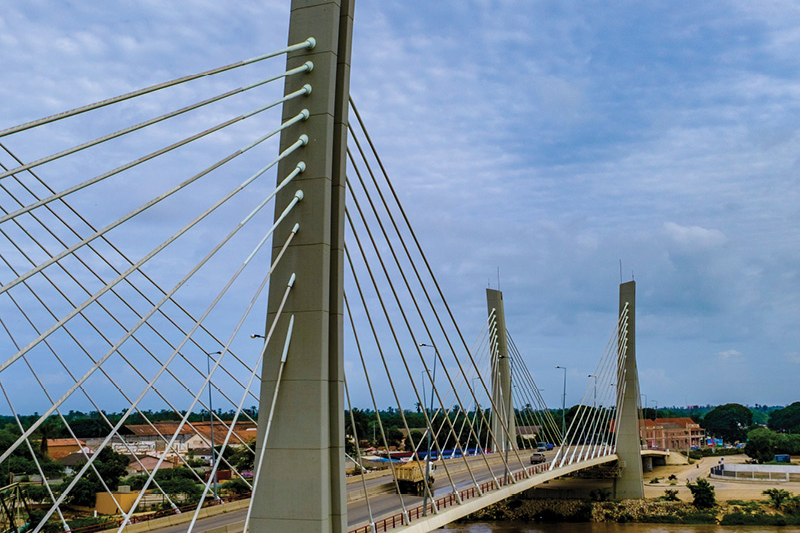
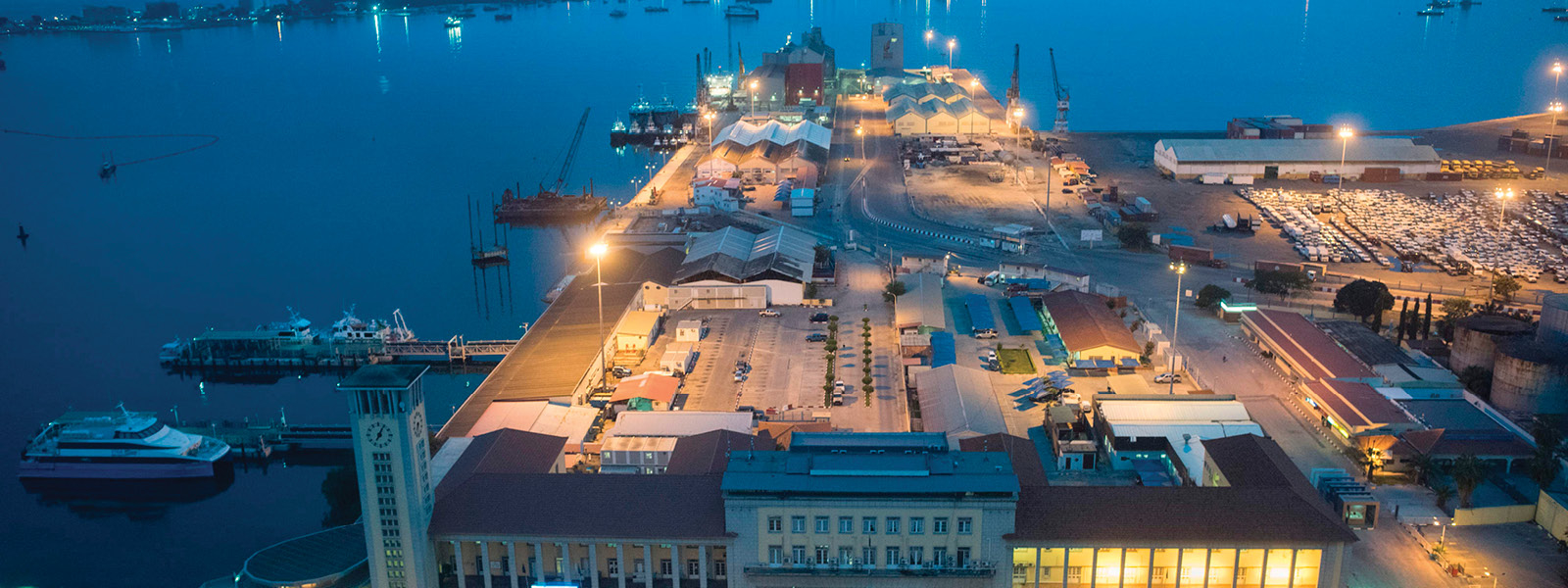
The current impact of privatization on the development and diversification of Angola's infrastructure
Subscribe to receive Africa Focus
Investors may be able to tap into major Angolan projects in the power, transportation and logistics sectors.
Bruna Beloso (White & Case LLP) and Nuno Cabeçadas (partner at Miranda & Associados) co-authored this publication.
One of Africa's trade heavyweights, Angola is blessed with a wide range of natural resources and a fertile climate. It ranks as one of the main exporters and importers in the sub-Saharan region. After his election in 2017, President João Lourenço moved decisively with wide-ranging legal reforms and other measures that aimed to reduce Angola's monolithic dependence on oil, increase foreign and domestic investment and ease of doing business, enhance governance controls, and promote development of the private sector. The initiative was to be funded by expanding oil exploration and then production, combined with proceeds of the sale of roughly 200 state-owned enterprises (SOEs) across a wide range of industries to the private sector.
The COVID-19 global pandemic and plunging oil prices dealt President Lourenço's economic reforms a grievous blow. The International Monetary Fund (IMF)1 forecasts that the Angolan economy will contract by 1.4 percent in 2020. This is admittedly better than the 3 percent contraction forecast for the global economy or 1.6 percent for sub-Saharan Africa, but nonetheless a disappointment, given the optimism that prevailed mere months ago. Angola's public debt/GDP ratio reached 109 percent at the end of 2019, with more than 40 percent of total government revenue (US$9 billion per year) servicing its public external debt. While the April 2020 offer by the G20 group of nations to Angola and 76 other deeply indebted nations to suspend debt payments until the end of 20202 brings welcome relief, the country's debt to GDP ratio may nonetheless deteriorate further during 2020.
Following a swift shutdown of international travel and other strict countermeasures, by June 2020 Angola had a limited number of confirmed COVID-19 cases and few deaths, raising hopes that the country would be spared this additional blow. With oil prices likely to remain low for the foreseeable future, the need to diversify Angola's economy by growing its other sectors remains acute.
This article provides an overview of recent changes introduced by the Angolan government and their effects, in particular in the infrastructure sector, and highlights specific recent projects in the power and transportation sectors
Beginning in 1989, Angola introduced initial regulations to transfer certain activities to the private sector. These included creating forms of association between public and private sectors to increase the efficiency, productivity and competitiveness of the country's industry, which had been almost completely under national control since Angola's independence in 1975.
The public-private sector regime was regulated by Decree Nos. 32/89 and No. 8-F/91 until Angola enacted its first privatization law, Law No. 10/94, in 1994. The first round of privatizations took place during the 1990s and was followed by a series of privatization programs in the 2000s. Then the government introduced the National Development Plan (Plano Nacional de Desenvolvimento – PDN 2018-2022) to transform Angola's economy by increasing its non-oil sectors and strengthening the development of essential infrastructure.
The plan included the privatization of state-owned enterprises (SOEs) in the telecommunications, oil, insurance and bank sectors, the liquidation of failing SOEs and the privatization of at least 20 SOEs in non-strategic sectors. The plan drove a broader update of Angolan legislation in order to accommodate investors' requirements and to align national standards to international practice.
As part of these updates, Angola has reformatted its public-private partnerships and private investments laws and has introduced competition regulation legislation for the first time.
Angola's 2019-2022 Privatization Program (PROPRIV, approved by Presidential Decree No. 250/19 and put in place following the approval of the Privatization Law in May 2019) plans to transfer more than 190 companies and assets in different sectors—including mineral resources, transportation, telecommunications, health, agriculture and construction—to the private sector. The Angolan government has also approved a roadmap and a chronogram for the PROPRIV, detailing the steps and procedures to follow with each type of privatization procedure, including public tenders, limited tenders by prior qualification and public offers on the stock exchange.
The new private investment law aims to diversify Angola’s national economy and target priority areas.
In the past 20 years, several countries across Africa developed legal frameworks for public-private partnerships (PPPs) to attract and address the concerns of international financial institutions.3 In 2011, Angola followed this trend and enacted Law No. 2/11, the country's first PPP law. This law was not successful due to difficulties at both the policy and implementation levels.4 To overcome these issues, Law No. 2/11 was entirely revoked and replaced by Law No. 11/19, in May 2019.
The new PPP law significantly simplified PPP approval and launch procedures, which are now exclusively the responsibility of the entity with the authority to determine contracting. The new law also removed certain restrictions concerning implementing PPP projects, such as a minimum value requirement for submitting a PPP. With regard to risk allocation, the new law maintains the principle that identified risks should be borne by both public and private partners, with the private partner taking on the majority of such risks.
Entities or services determined by the President of the Republic now monitor the implementation of PPPs, instead of Angola's Ministerial Commission for the Evaluation of Public-Private Partnerships. In addition, a specific negotiation commission set up by the relevant entities conducts contractual modifications, such as benefit sharing. Also, conflicts arising from PPP contracts will be settled by alternative dispute resolution mechanisms, namely negotiation, mediation, conciliation and arbitration.
Despite these legal changes, Angola does not yet have a significant track record of successful PPPs. Plans continue to be made in Angola's energy (particularly hydroelectric) sector and with infrastructure projects (including the Port of Namibe and the regeneration of railways) to be developed in the upcoming months. Many expect the new PPP law, combined with the Angolan government's declared intention to intensify its economic diversification efforts, will serve as catalysts for projects both structured under PPP models and funded on a project finance basis.
In 2018, a new private investment law, Law No. 10/2018, revoked legislation enacted in 2015 and established principles regarding private investment in Angola. This new regime granted investors rights, duties and guarantees from the government, in order to promote and regulate the new legislation.
The new private investment law aims to diversify Angola's national economy and target priority areas, including construction, public works, telecommunications and information technology, airport and rail infrastructure and electricity production and distribution. The hope is to encourage national and foreign private investment, which would then propel productive activity and lead to the opening of new concessions and reduced monopolies.5
Angola's new Competition Regulatory Authority (CRA), created by Decree No. 313/18, became operational in February 2019 and added another layer of transparency and governance.
The CRA oversees the implementation of the recent Competition Act, Act No. 5/2018, which was inspired by the EU competition framework (in particular, Portugal's competition regime) and by Mozambique's competition framework.6 The Competition Act is expected to improve Angola's long-term business environment by regulating levels of market control, implementing procedures for inspecting and auditing state support, and establishing specific competition breach procedures and sanctions in order to reduce anti-competitive practices, such as abuse of a dominant position.
Angola's Competition Regulations, approved by Presidential Decree No. 240/18, set the following thresholds for mandatory merger notifications:
The Competition Regulations define a dominant position as market share that equals or exceeds 50 percent for a product or service. However, the existence of significant barriers to entry in the market may indicate that one or more undertakings hold a dominant position, even if they have less than 50 percent market share.
In the past, the oil & gas sector received the most investment in Angola.
Developing other types of infrastructure—in addition to continued oil & gas projects—could enable Angola to diversify its income sources, therefore reducing its dependence on oil, while also creating a stable environment and framework for private investment.
The power sector is a priority for Angola, and the government has instituted an ambitious infrastructure plan to achieve 9.9 GWs of installed generation capacity and a 60 percent electrification rate by 2025.
Currently, Angola has an estimated electrification rate of approximately 43 percent in most cities and less than 10 percent in rural areas. The current installed capacity is estimated at 5.01 GWs, less than the 6.3 GW capacity that was targeted for the end of 2018. The government expects to reach the 6.3 GW capacity target once the Soyo combined- cycle plant and the Laúca hydroelectric project are fully operational.7 For these and future projects, external financing and private project development will be key.
A project that stands out in the power sector is the Laúca hydroelectric plant, located in the Kwanza River, between the existing Capanda and Cambambe hydroelectric power stations. The project's installed capacity will be more than 2,000 MWs once completed, which would more than double Angola's current hydroelectricity generation capacity.
The plant will feed the North grid, and the government intends to connect the North, Central and South energy production grids over the next ten years. Six turbine units will generate more than 2,000 MWs of hydroelectric power for approximately 750,000 people. A second power station, constructed to take advantage of the remaining river flow, will generate an additional 65.5 MWs. The Laúca project will be publicly owned by Angola's Gabinete de Aproveitamento de Medio Kwanza (GAMEK), on behalf of the Ministry of Energy and Water (MINEA).
A fifth turbine went into commercial operation in July 2019, increasing the capacity to 1,670 MWs, and the installation of a sixth and last turbine is expected to achieve the full planned capacity in 2020. This capacity, together with the hydroelectric plants of the Middle Kwanza River (Capanda and Cambambe), the Mabubas and Lomaum and the Soyo combined-cycle power plant, along with a few thermal power plants, has allowed for the interconnection of a total of ten provinces.8
Angola's limited rail connectivity and existing airport network put significant pressure on its road transport system.
Angola is currently preparing for a partial privatization of its three main railway lines (Figure 2):
The Benguela railway line, destroyed during the civil war and abandoned in 1975, has been rebuilt from Lobito to the border with the DRC, with the support of Chinese investment. This railway line is not transporting minerals yet, but it is already having an impact on the communities living along the route, contributing to social and economic transformation.10
There are plans to incorporate the Benguela railway line into the Lobito Corridor project, which aims to connect Angola, the DRC and Zambia, integrating the existing railways in the DRC (Société Nationale des Chemins de Fer du Congo) and in Zambia (Zambia Railways Limited). This project's key objective is to provide more efficient rail transportation from the DRC's copper belt and Zambia to the Atlantic Ocean port in Lobito, Angola. The three countries are discussing repair, maintenance and operation of the rail network, with this railway project looking to gain traction over the coming months.
One key aspect of large infrastructure projects is that their extensive reach can potentially benefit development throughout Angola and the entire region.
Engaging with adjacent countries on common infrastructure projects could not only foster regional economic development but also enhance diplomatic relations by promoting a stable environment among the countries involved, since all would have a common goal in the completion and sound operation of each project.
Investors able to tap into major Angolan projects in the logistics and power sectors could benefit by contributing to oil industry infrastructure. In turn, Angola's government hopes that more developed infrastructure will attract further investment in its oil sector.
Currently, China is the largest foreign financier of infrastructure projects in Angola, with loans provided by the Export-Import Bank of China and the International Commercial Bank of China. The current planned credit facility debt owed to China represents 41 percent of Angola's total debt stock, and Chinese funding has been crucial for several major infrastructure projects, including a new airport project in Luanda, the Caculo Cabaça hydropower project and the Benguela railway project.11
Time will tell if multilateral development finance institutions, export credit agencies and investors from other countries will also be prepared to invest at similar scale in Angola's infrastructure sector.
1 IMF Data Mapper https://www.imf.org/external/datamapper/profile/OEMDC/WEO
2 https://www.reuters.com/article/us-health-coronavirus-g20-statement/g20-countries-agree-debt-freeze-for-worlds-poorest-countries-idUSKCN21X29A
3 https://blogs.worldbank.org/ppps/ppp-laws-africa-confusing-or-clarifying
4 https://filda.co.ao/wp-content/uploads/2018/07/Painel-III.pdf
5 angop.ao/angola/en_us/noticias/economia/2018/9/40/Privatisation-makes-companies-more-profitable,3a9aebda-970e-48a2-b1e6-328f20983d1d.html
6 globalcompetitionreview.com/insight/europe-middle-east-and-africa-antitrust-review-2020/1195070/angola-overview
7 https://www.export.gov/article?id=Angola-Electric-Power-Generation
8 agaportal.de/_Resources/Persistent/9b30061a86679b2d92583306f129786aa6 90262a/eia_angola_wasserkraftwerk_1.pdf.
9 https://www.transportesenegocios.pt/angola-prepara-privatizacao-parcial-da-ferrovia/
10 FitchSolutions Angola Infrastructure Report Q3 2019, p. 8
11 Ibid.
This publication is provided for your convenience and does not constitute legal advice. This publication is protected by copyright.
© 2020 White & Case LLP